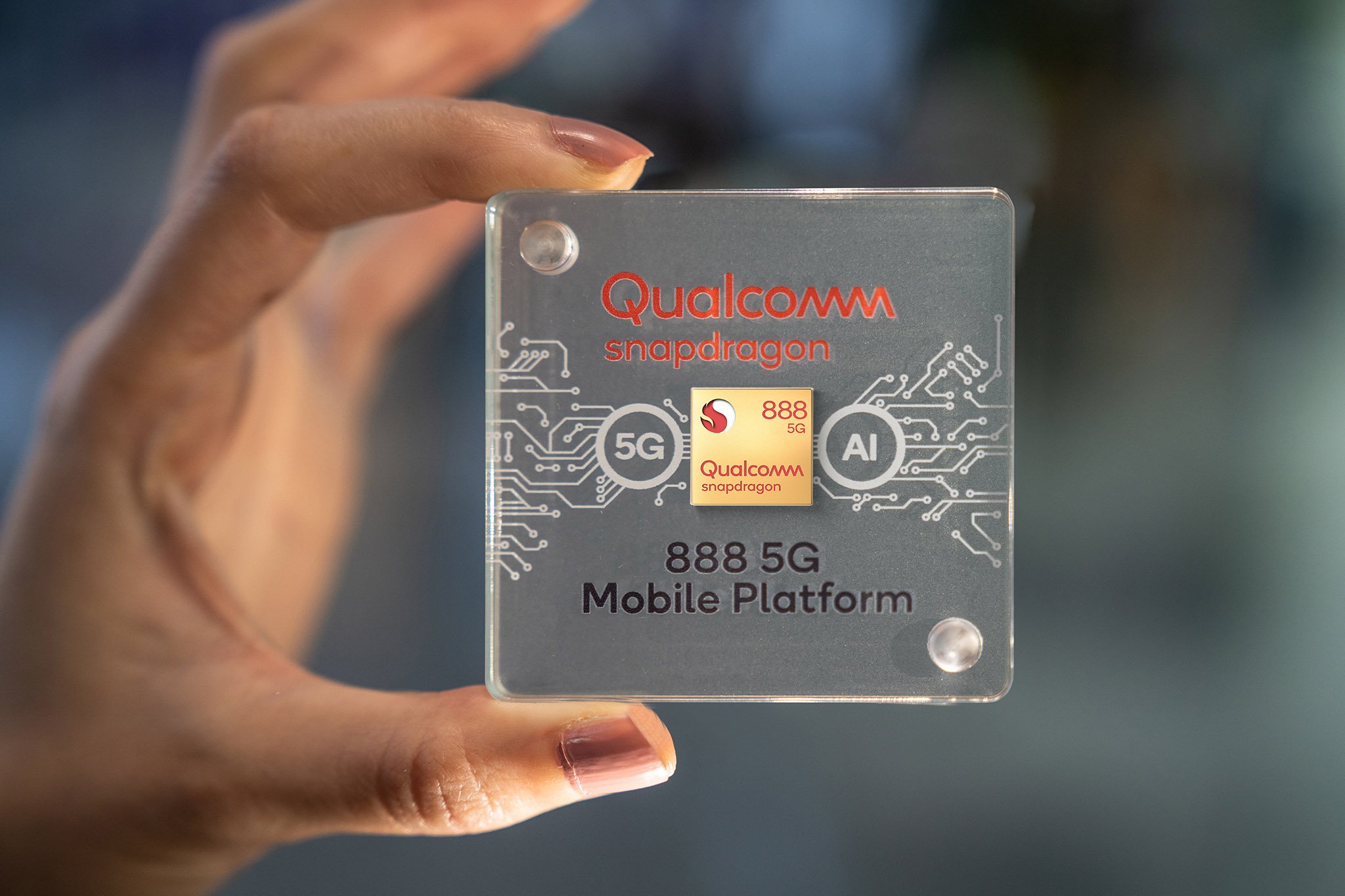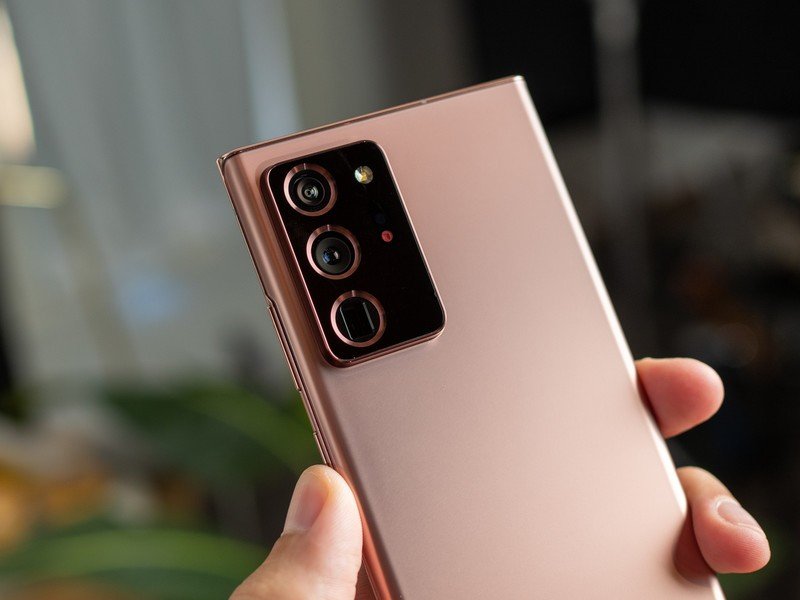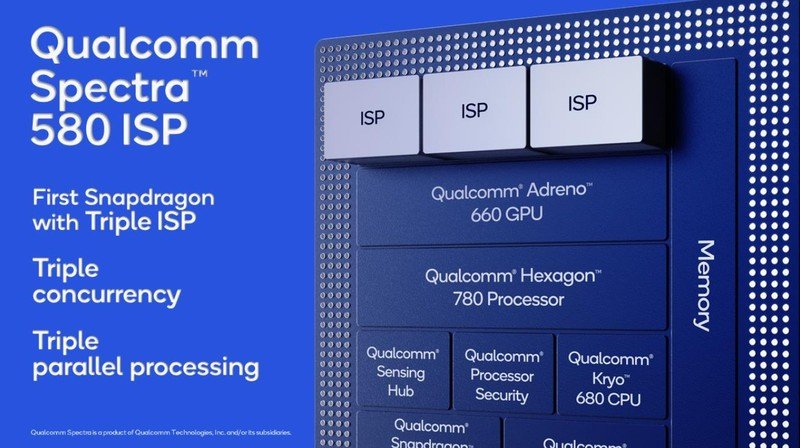The Snapdragon 888 promises a huge leap for Android cameras: Here's how

A smartphone chip like the new Snapdragon 888 is a modern marvel, filled with all the parts that make a phone work and connect. One of those parts is called the ISP (Image Signal Processor), and if you want to take the best photos with your phone, you need it to be a good one.
Qualcomm announced the Spectra branded ISP five years ago, and it has proven to be a very good one, which is why seeing the new triple parallel Spectra 580 is super exciting.
The ISP inside your phone is what your camera interfaces with in order to turn a bunch of tiny points of light into a picture. You have to have one, whether it's a dedicated model that lives inside the smartphone SoC (System on a Chip) or a shared DSP (Digital Signal Processor). All chipmakers know how much value a great camera adds to a phone, and all use a good ISP to help make that happen. The better the ISP, the better photos it can produce.
Having three separate ISPs that can all work at the same time (that's what triple parallel means) is amazing. It means that three separate photo streams can be analyzed and the data can be used all at once. Qualcomm says that you could use three different cameras to take three separate 28MP photos at once.

That's really cool, and your next phone will probably come with three or more cameras on the back plus one on the front. This means you could — in theory, anyway — take a normal photo, a wide-angle photo, and a selfie all at the same time. Or trade one for a zoom photo, or a macro photo. Any combination can happen.
The new Spectra 580 ISP can grab data from three separate lenses all at once.
But what's really great is that software could take all of those photos to build one photo that's superb. Think of how HDR works, where three photos are taken and different exposure then the best-exposed areas from each are used to build a picture. The whites aren't blown out thanks to a stream that has a lower exposure value. The shadows aren't black because a stream had a higher exposure value. The median exposure value captures the details and retains sharpness.
We already have cameras that can take great HDR photos, but this is going to be better. Qualcomm says to expect exactly this with what it calls staggered HDR which will debut in smartphones soon. These HDR photos will also be captured in 10-bit color depth and can be saved in the HEIF format so you can have a photo that's clear and crisp, has over one billion different colors, and takes very little space in your storage.
Be an expert in 5 minutes
Get the latest news from Android Central, your trusted companion in the world of Android

One can also think outside the box and consider what taking three camera views and stitching them together to build something better would be like. Add in the selfie camera to inject you into your wide-angle landscape shot. for example. Android can handle multiple camera streams at once and now so can the hardware. All we need is a developer that can talk to the ISP and the AI engine to make the magic.
The Snapdragon 888 brings 4K 120fps shooting mode to a smartphone.
You'll also be able to pinch-zoom between all your rear cameras. Zoom out and the view switches to the wide-angle lens. Pinch in and you switch to a zoom lens automatically. This, along with how long it takes to actually capture a photo, is all possible and fast thanks to architecture improvements that make the ISP 35% faster than the Snapdragon 865. The Snapdragon 888 can capture 2.7 gigapixels of light data every second. That means you can capture 120 12MP photos in a one-second burst shot. 120.
Videographers will see some love, too, as the new Snapdragon 888 means you can shoot 4K video at 24, 30, 60, or 120 frames per second. That's going to look incredibly smooth on a 120Hz display while still having all the detail that comes from shooting in 4K.

A lot of this is possible thanks to the Snapdragon's great Qualcomm AI Engine, which has also seen a big upgrade. A smartphone camera uses AI to set autofocus, autoexposure, and auto white balance. An improved AI engine means better auto shooting, and it takes the load off of the ISP when the hardware can communicate with the AI engine.
The new ISP coupled with an all-new and more powerful AI engine makes the Snapdragon 888 the best chip for phone cameras we've ever seen.
Your phone camera also uses what's called computational photography to turn data collected by tiny sensors into a great photo. This is how the Google Pixel line has been able to use a simple 12 MP sensor in each model yet still be one of the best cameras you can buy in 2020.
Computational photography is used for things HDR (especially in HDR video), low-light photos, astrophotography, portrait mode, and more. Your phone's camera also relies on AI for mundane things like sharpening and smoothing a photo so a good engine is important for "regular" pictures, too.
Nobody has used a phone with the new Snapdragon 888 inside of it. But on paper, this certainly looks like the camera upgrade that turns a phone into a "DSLR quality" camera and will do it in a way that everyone can shoot like a pro.

Jerry is an amateur woodworker and struggling shade tree mechanic. There's nothing he can't take apart, but many things he can't reassemble. You'll find him writing and speaking his loud opinion on Android Central and occasionally on Threads.
